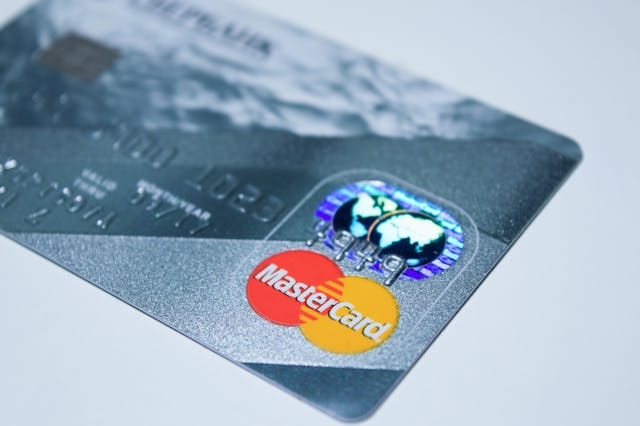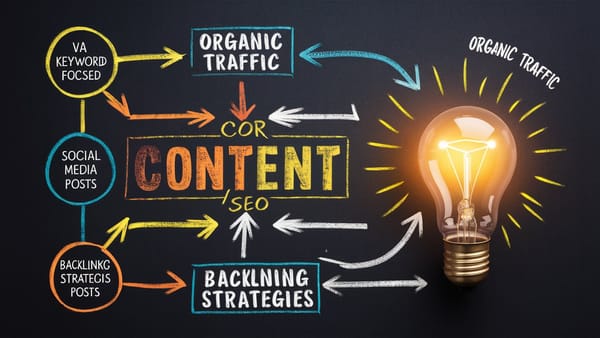Banking 101: Your Guide to Understanding Bank Accounts, Loans & Credit Cards
Navigate the world of banking with confidence! Learn about bank accounts, loans, and credit cards in this comprehensive guide to Banking 101

Introduction to banking
As an individual, it is crucial to have a basic understanding of banking and the financial services it offers. Banking is a system that allows individuals and businesses to safely store their money, access it conveniently, and borrow funds when needed. This article will provide you with a comprehensive guide to understanding bank accounts, loans, and credit cards. By the end, you will be equipped with the knowledge to make informed decisions about your financial needs.
Types of bank accounts
Bank accounts are the foundation of banking services, providing a secure place to deposit and withdraw money. There are several types of bank accounts, each with its own features and benefits. The most common types include:
- Savings Accounts: These accounts help you save money and earn interest on your deposits. They are ideal for long-term financial goals and emergencies.
- Checking Accounts: A checking account allows you to conduct daily financial transactions, such as paying bills and writing checks. They offer easy access to your funds, but typically do not earn interest.
- Certificates of Deposit (CDs): CDs are time deposits that offer higher interest rates than regular savings accounts. They require you to leave your money untouched for a specified period, ranging from a few months to several years.
- Money Market Accounts: Money market accounts combine the features of savings and checking accounts. They usually require a higher minimum balance but offer higher interest rates.

Understanding bank account fees and charges
While bank accounts provide numerous benefits, it is essential to be aware of the fees and charges associated with them. Common fees include:
- Monthly Maintenance Fees: Some banks charge a monthly fee for the maintenance of your account. This fee can often be waived by meeting certain criteria, such as maintaining a minimum balance or setting up direct deposit.
- Overdraft Fees: If you spend more money than you have available in your checking account, you may incur overdraft fees. It is essential to closely monitor your account balance to avoid these fees.
- ATM Fees: When using an ATM outside of your bank's network, you might be charged a fee for withdrawing cash. Consider using your bank's ATMs or those that offer fee-free withdrawals.
- Foreign Transaction Fees: If you use your debit or credit card for transactions in a foreign currency, you may be subject to additional fees. It is advisable to check your bank's policy on foreign transactions.
How to choose the right bank account for your needs
Selecting the right bank account is crucial to meet your financial goals effectively. Consider the following factors while making your decision:
- Bank Reputation: Research the reputation and stability of the bank. Look for reviews, ratings, and customer experiences to ensure you are choosing a trustworthy institution.
- Account Features: Evaluate the features offered by different banks, such as online banking, mobile apps, and customer support. Choose a bank that aligns with your preferred banking methods.
- Fees and Charges: Compare the fees and charges associated with different bank accounts. Look for accounts with minimal fees and consider the criteria for waiving monthly maintenance fees.
- Interest Rates: If you are opening a savings or money market account, compare the interest rates offered by different banks. Choose an account that provides a competitive rate to help your money grow.
Overview of loans and credit cards
Apart from bank accounts, banks also provide loans and credit cards to meet various financial needs. Understanding these financial products is crucial to make informed borrowing decisions.
Different types of loans available
Banks offer a wide range of loans tailored to specific purposes. Some common types of loans include:
- Personal Loans: Personal loans are unsecured loans that can be used for various purposes, such as debt consolidation, home improvements, or medical expenses. They usually have fixed interest rates and repayment terms.
- Mortgages: A mortgage is a loan used to finance the purchase of a home. It typically has a long repayment term and requires collateral in the form of the property being purchased.
- Auto Loans: Auto loans are used to finance the purchase of a vehicle. They have varying interest rates and repayment terms, depending on the borrower's credit history and the vehicle's value.
- Student Loans: Student loans are specifically designed to help finance education expenses. They can be obtained from the government or private lenders and have different repayment options.
Understanding interest rates and loan terms
When borrowing money, it is essential to understand interest rates and loan terms. The interest rate determines the cost of borrowing, while the loan term refers to the length of time you have to repay the loan. Higher interest rates mean more significant overall repayment amounts, while longer loan terms result in lower monthly payments but higher interest costs over time.
Choosing the right loan for your financial goals
Selecting the right loan requires careful consideration of your financial goals and circumstances. Consider the following factors when choosing a loan:
- Interest Rates: Compare interest rates offered by different lenders to find the most competitive rate. A lower interest rate can save you a significant amount of money over the life of the loan.
- Repayment Terms: Evaluate the repayment terms offered by various lenders. Choose a term that allows you to comfortably make monthly payments without straining your budget.
- Fees and Charges: Inquire about any additional fees or charges associated with the loan. Consider the origination fees, prepayment penalties, and other costs that may impact the total cost of the loan.
- Lender Reputation: Research the reputation of the lender to ensure they have a track record of providing excellent customer service and fair lending practices.

Introduction to credit cards
Credit cards are another essential financial tool provided by banks. They offer convenience, flexibility, and the opportunity to build credit history.
How credit cards work
Credit cards function as a revolving line of credit. When you make purchases using a credit card, the issuer pays the merchant on your behalf, and you repay the amount borrowed at a later date. If you pay your balance in full each month, you can avoid paying interest charges.
Understanding credit card fees and interest rates
Credit cards come with various fees and interest rates. It is crucial to be aware of these charges to make informed decisions:
- Annual Fees: Some credit cards have an annual fee for the benefits and rewards they offer. Consider whether the benefits outweigh the cost of the annual fee before choosing a credit card.
- Interest Rates: Credit cards have an Annual Percentage Rate (APR) that determines the cost of borrowing. The APR can vary based on your creditworthiness and the type of credit card.
- Late Payment Fees: If you fail to make the minimum payment by the due date, you may incur late payment fees. It is crucial to make timely payments to avoid these fees.
- Foreign Transaction Fees: Similar to bank accounts, credit cards may charge additional fees for transactions made in foreign currencies. If you frequently travel abroad, consider a credit card with no foreign transaction fees.
Choosing the right credit card for your needs
With numerous credit card options available, it is essential to choose the one that aligns with your financial needs. Consider the following factors:
- Rewards and Benefits: Evaluate the rewards programs and benefits offered by different credit cards. Choose a card that provides rewards in categories that align with your spending habits.
- Fees and Charges: Compare the annual fees, interest rates, and other charges associated with different credit cards. Choose a card with minimal fees and reasonable interest rates.
- Credit Limit: Consider the credit limit offered by different credit cards. Ensure it meets your spending requirements without encouraging excessive debt.
- Credit Score Requirements: Some credit cards have specific credit score requirements. Check your credit score and choose a card that matches your credit profile.
Tips for managing your bank accounts, loans, and credit cards
Managing your bank accounts, loans, and credit cards effectively is essential to maintain financial health. Consider the following tips:
- Budgeting: Create a budget to track your income and expenses. This will help you understand where your money is going and ensure you have enough funds to meet your financial obligations.
- Automated Payments: Set up automated payments for your bills and loan installments. This will help you avoid late payment fees and ensure timely payments.
- Regular Monitoring: Regularly review your bank account transactions, loan statements, and credit card statements. This will help you identify any fraudulent activity and keep track of your spending.
- Building Credit: Make timely payments on your loans and credit cards to build a positive credit history. A good credit score can help you secure better loan terms and lower interest rates in the future.
Conclusion and next steps
Understanding the basics of banking, bank accounts, loans, and credit cards is crucial for managing your finances effectively. Use the knowledge gained from this guide to make informed decisions about your financial needs. Remember to regularly review your financial situation and adapt your banking strategies as your needs change. By taking control of your finances, you can achieve your financial goals and build a secure future.
Now that you have a comprehensive understanding of banking, it's time to put your knowledge into action. Take the next step towards financial success by applying these principles to your own financial situation. Start by evaluating your current bank accounts, loans, and credit cards, and make adjustments where necessary. With careful planning and smart decision-making, you can navigate the world of banking with confidence and achieve your financial goals.



